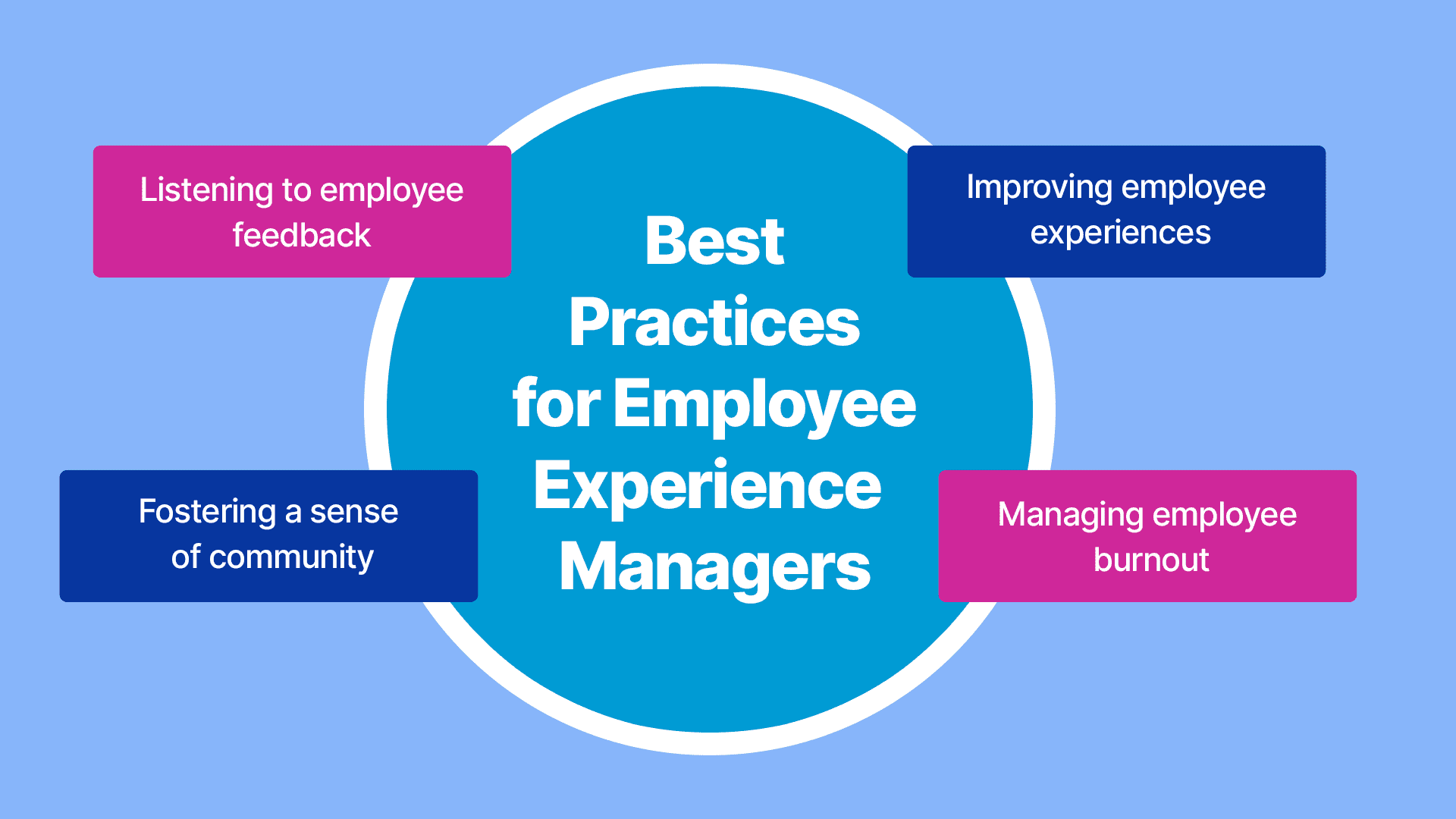The employee experience management market has been the epicenter of a significant and strategic trend of market consolidation, a movement that has fundamentally validated the industry and reshaped its competitive dynamics for the foreseeable future. The driving force behind this wave of Employee Experience Management Market Share Consolidation is the recognition among the world's largest enterprise software vendors that employee experience is a critically important, high-growth market that they cannot afford to ignore or cede to smaller, independent players. This has led to a series of high-profile acquisitions where established software giants have purchased best-of-breed EX and engagement startups to instantly gain a foothold and a competitive advantage in this burgeoning space. This consolidation is not just about eliminating competitors; it is a strategic imperative to build more comprehensive, end-to-end platforms that can manage the entire employee lifecycle, from hire to retire, within a single, integrated ecosystem. The era of standalone, point solutions for employee engagement is rapidly giving way to a new era of integrated EX platforms.
The most defining moment in this consolidation story was, without question, SAP's landmark $8 billion acquisition of Qualtrics in 2018. At the time, Qualtrics was the undisputed pioneer and leader of the "Experience Management" (XM) category. This acquisition was a powerful statement to the market, signaling that the ability to measure and manage employee and customer experiences was no longer a niche capability but a core component of a modern enterprise platform. The strategic vision behind the deal was to create a new paradigm by combining Qualtrics' rich "X-data" (experience data) with the vast repository of "O-data" (operational data) residing in SAP's market-leading ERP and HCM systems. This would allow companies to move beyond simply knowing that employee attrition was high in a certain department, to understanding the specific experiential drivers (why) behind it. This single transaction set a new benchmark for the market and created immense pressure on all other major HCM and CRM vendors to develop a credible EX strategy of their own, often through acquisition.
Following this lead, the M&A activity has continued, albeit at a smaller scale. Other large enterprise software vendors and even private equity firms have been actively acquiring smaller, innovative companies in the EX space to fill specific gaps in their portfolios. This includes buying companies that specialize in employee recognition and rewards, performance management, well-being, or advanced feedback analytics. Each acquisition is a strategic move to build a more complete and competitive offering. The long-term impact of this consolidation is a market landscape that will likely be dominated by a handful of major platform vendors who can offer a fully integrated suite of tools for managing every aspect of the employee journey. While there will always be room for innovative startups, the trend towards platform-based consolidation means that the most successful of these startups are increasingly likely to find their ultimate exit through an acquisition by one of the industry giants. The Employee Experience Management Market size is projected to grow to USD 15.79 Billion by 2035, exhibiting a CAGR of 6.90% during the forecast period 2025-2035.
Top Trending Reports -

